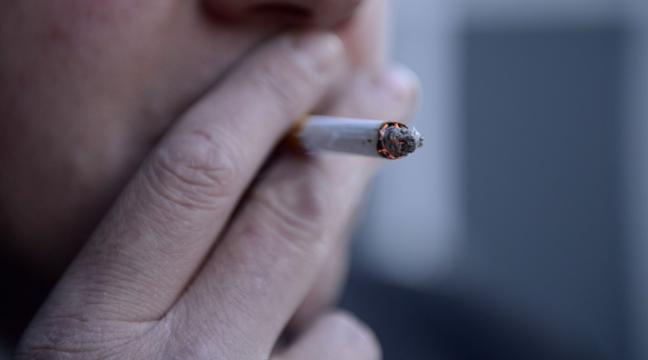Smokers often switch to light cigarettes as a way to wean themselves off the habit, or for a “healthier” alternative, but are they any less cancer causing? A new study says that not only are light cigarettes unhealthy, but they’re likely one of the reasons that rates of a specific type of lung cancer have increased.

Adenocarcinoma is a cancer found in your body’s mucus-secreting glands, like the pancreas, and is the most common type of lung cancer. According to the researchers, this type of cancer has actually increased during the past 50 years while other lung cancers have decreased as people gave up smoking.
Light cigarettes are made of porous paper, which chemicals escape from, and ventilation holes in the filter to dilute smoke and lower tar levels inhaled while smoking, according to the National Cancer Institute. However, researchers say that this has few health benefits, and even argue the ventilation holes may make the cigarettes even more harmful by increasing the amount of toxins inhaled.
“This was done to fool smokers and the public health community into thinking that they actually were safer,” study co author Dr. Peter Shields, an oncologist, says in a statement. “Our data suggests a clear relationship between the addition of ventilation holes to cigarettes and increasing rates of lung adenocarcinoma seen over the past 20 years. What is especially concerning is that these holes are still added to virtually all cigarettes that are smoked today.”
While current laws don’t allow for marketing cigarettes as low tar or light anymore, the ventilation holes still exist.
“The FDA has a public health obligation to take immediate regulatory action to eliminate the use of ventilation holes on cigarettes,” says Shields. “It is a somewhat complicated process to enact such regulations, but there is more than enough data to start the process. We believe that such an action would drive down the use and toxicity of conventional cigarettes, and drive smokers to either quit or use less harmful products.”
For the study, oncologists, public health and tobacco policy experts looked at existing toxicology and chemistry studies, clinical trials and cancer and smoking studies. They believe that the ventilation holes actually increase the amount of smoke, carcinogens and other toxins inhaled from cigarettes.
Currently, studies give scientists an idea of how ventilation impacts smokers, but research would need to be done on what happens when they’re eliminated. The Centers for Disease Control says that “there is no such thing as a safe cigarette,” writing that quitting smoking is the only way to reduce risk.
According to the American Cancer Society, adenocarcinoma occurs the most in people who have smoked, but is also the most common type of lung cancer for those who have never smoked. The CDC reports that about 15 out of every 100 people smoke.